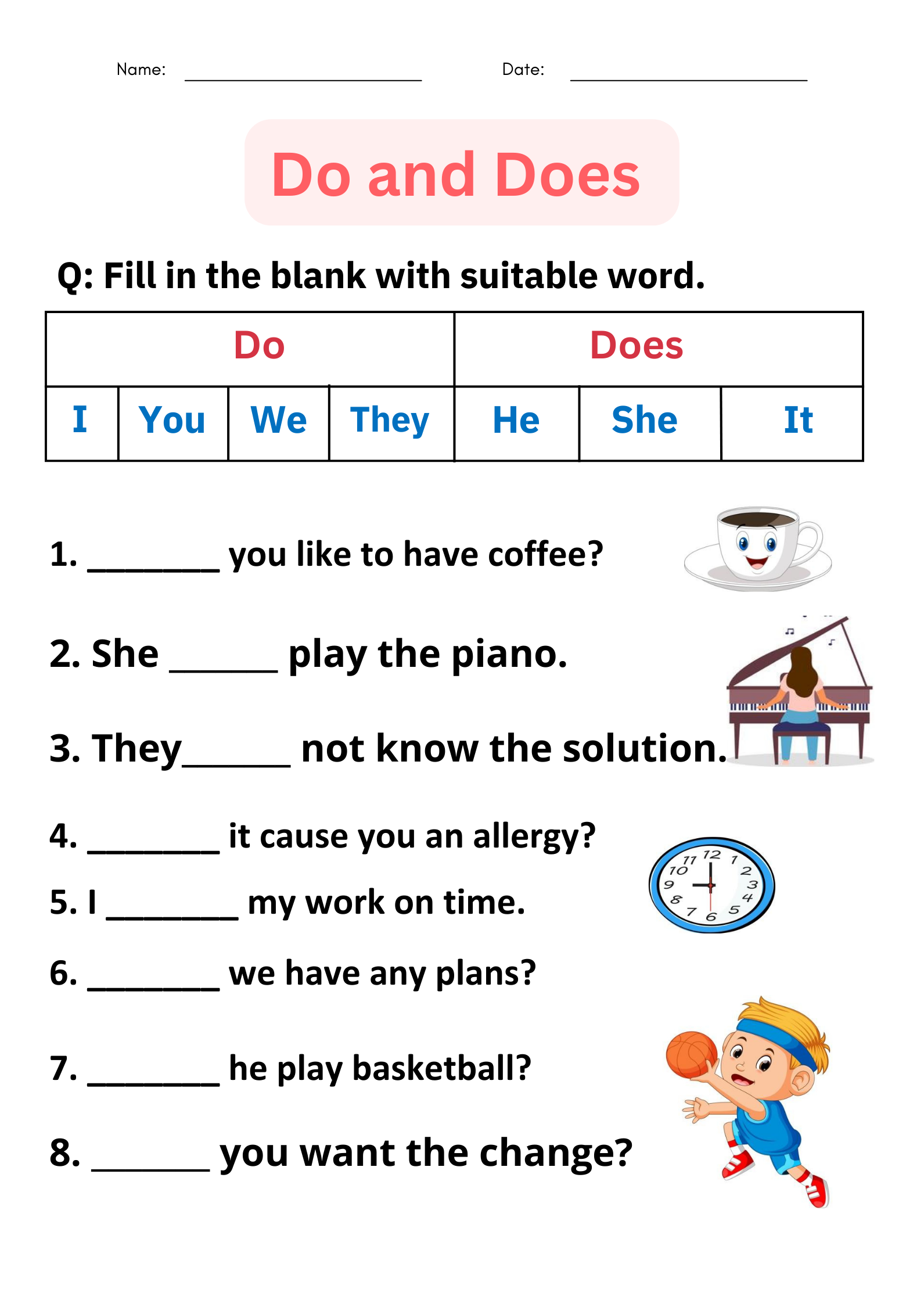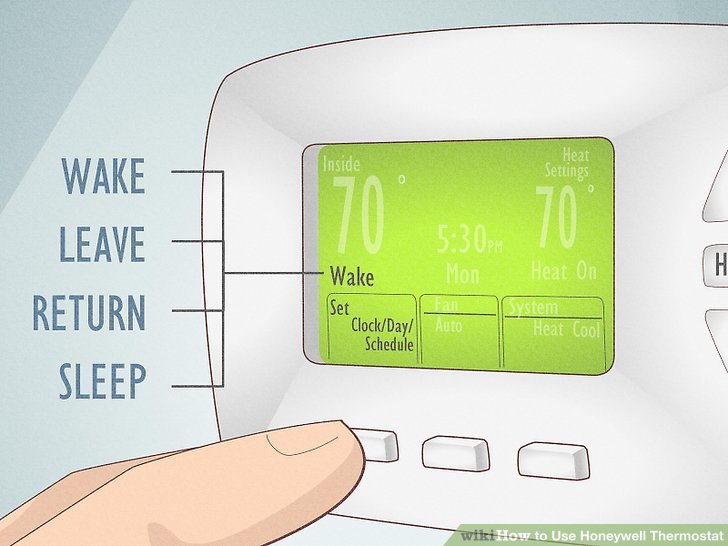Key Compliance Insights: Managing OSHA Recordkeeping for Multiple Business Establishments
Understanding Multiple Business Establishments: Compliance and Recordkeeping Essentials
Operating across multiple business establishments brings unique regulatory and administrative challenges. One critical area is workplace safety recordkeeping, especially as defined by OSHA (Occupational Safety and Health Administration) and, in states like California, Cal/OSHA. Understanding the correct statements and rules in regard to multiple business establishments is crucial for compliance, risk management, and efficient operations. This article provides authoritative guidance on what is required, how to manage compliance, and actionable steps for businesses with multiple sites.
Defining an Establishment: What Counts as a Separate Business Location?
In OSHA recordkeeping, an establishment is generally defined as a single physical location where business is conducted or where services or industrial operations are performed. However, there are exceptions and nuances:
For example, a corporate campus with several buildings on contiguous property may be considered one establishment, provided the operations are closely integrated. Conversely, different businesses operating at the same physical location-each with distinct economic activities-may be treated as separate establishments. The North American Industry Classification System (NAICS) code is commonly used to determine if different economic activities are present [2] .
OSHA Recordkeeping Requirements for Multiple Establishments
The core requirement is clear: Employers must keep a separate OSHA 300 Log for each establishment expected to operate for one year or longer . This rule is essential for accurate reporting and compliance [5] , [3] , [1] . The OSHA 300 Log records all work-related injuries and illnesses. If you have several short-term establishments (operating less than a year), you may maintain a single log that covers all such locations, rather than separate logs for each one [5] , [4] .
Correct Statement Example
“A separate OSHA 300 Log must be maintained for each business establishment expected to be in operation for one year or longer.”
Combining or Splitting Establishments: Special Circumstances
In some cases, multiple physical locations can be combined into one establishment for recordkeeping if they meet specific criteria:
- The locations operate under a single business operation and common management
- All locations are in close proximity (typically within one mile)
- One set of business records is maintained for these locations
For instance, a manufacturing business might operate a main plant, a warehouse, and an administrative office all within a few blocks-these can be considered one establishment for recordkeeping if integrated accordingly [1] , [2] .
Conversely, a single physical location housing distinctly different businesses (with different NAICS codes) may be split into separate establishments. For example, a construction company and a lumber yard at the same address, operating as different businesses, should each have their own log [2] .
Step-by-Step: How to Determine and Implement Recordkeeping for Multiple Establishments
- Identify each establishment according to OSHA definitions. Review your business structure and physical locations.
- Assess duration of operation . For locations expected to be active for over a year, prepare a separate OSHA 300 Log. For short-term sites, consider consolidated logging if allowed.
- Evaluate proximity and business integration for possible log consolidation. Locations operating as a unified business within one mile and sharing records may be combined.
- Use proper NAICS codes to distinguish different economic activities at the same location. If multiple businesses with different NAICS codes share a site, keep separate logs.
- Establish record storage procedures . You may keep logs at a central or headquarters location if information can be provided promptly as needed [5] .
- Ensure ongoing compliance by reviewing OSHA and state-specific regulations annually, as recordkeeping rules can be updated.
Practical Examples and Case Studies
Example 1: Manufacturing Campus A manufacturing company operates a main plant, a nearby warehouse, and an adjacent office. Since all are within one mile, managed together, and share business records, these can be treated as a single establishment for OSHA logging purposes [1] .
Example 2: Multiple Businesses at One Address A site includes both a construction contractor and a lumber retailer, each with unique operations and NAICS codes. Each must have a separate log for injury and illness records [2] .

Source: docuclipper.com
Example 3: Short-Term Establishments A construction firm opens several temporary project offices, each expected to operate for only six months. The company may keep a single 300 Log for all these short-term sites, rather than one per location [5] .
Frequently Asked Questions and Compliance Pitfalls
Q: Where should records be kept for multiple establishments? OSHA and Cal/OSHA allow records to be kept at a central location, such as headquarters, provided that information can be transmitted quickly to anyone requesting it within the required timeframe [5] , [4] .
Q: How do you record injuries for employees who travel or work at multiple locations? Each employee should be linked to a primary establishment for recordkeeping purposes. If an employee is injured while working away from their usual establishment, the injury is recorded on the log of their primary establishment or the one covering their short-term project [5] .

Source: investopedia.com
Q: Are contractors and temp workers included? On multi-employer worksites, each employer (including contractors and temporary staffing agencies) must keep records for their own employees whom they supervise on a day-to-day basis [3] .
Implementation Guidance for Business Owners and Managers
If you manage multiple business establishments, take these steps to ensure OSHA compliance:
- Review all physical locations and determine which qualify as separate establishments.
- Maintain a separate OSHA 300 Log for each qualifying location operating for over a year.
- For short-term or temporary sites, consolidate records where allowed.
- Designate responsible staff for maintaining and transmitting records at each site or at headquarters.
- Schedule periodic compliance audits and training for staff handling OSHA records.
- Consult with an OSHA compliance specialist or your state’s occupational safety agency for updates.
For the latest forms and official guidance, visit OSHA’s official website or your state’s occupational safety agency’s website. You can also search for “OSHA 300 Log instructions” or consult the Department of Labor for comprehensive resources.
Key Takeaways and Alternative Approaches
Complying with OSHA’s recordkeeping rules for multiple business establishments is not only a legal requirement but also a best practice for managing workplace safety across diverse operations. Regularly review your business structure, confirm the status of each location, and stay up to date with changes in regulations. When in doubt, seek direct guidance from OSHA or a certified safety professional.
References
- [1] Minnesota Department of Labor & Industry (2021). Recordkeeping 201: Combining and Splitting Establishments.
- [2] J. J. Keller & Associates (2020). Keeping injury records for every establishment.
- [3] International Brotherhood of Teamsters (2021). OSHA’s Revised Recordkeeping Rule (Form 300).
- [4] CustomsMobile (2025). 29 CFR 1904.30 – Multiple business establishments.
- [5] State of California Department of Industrial Relations (2025). Multiple Establishments.
MORE FROM mumsearch.com













